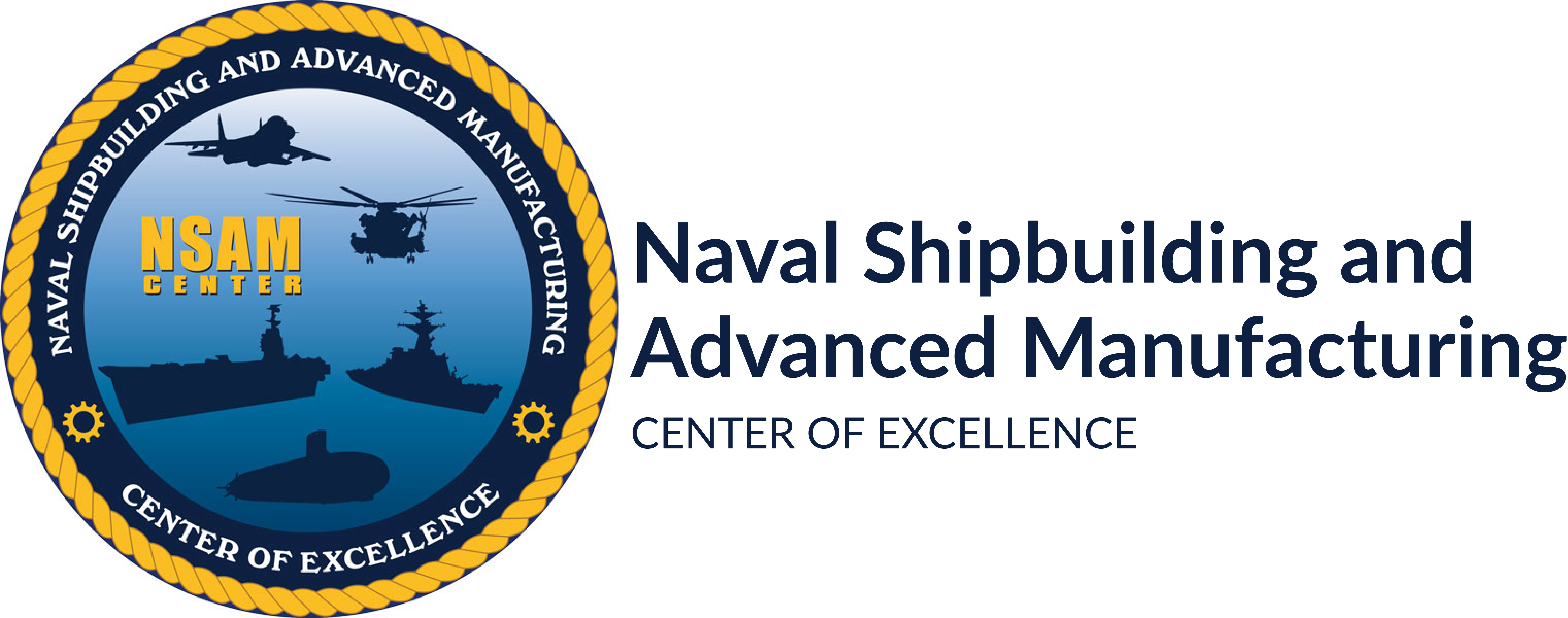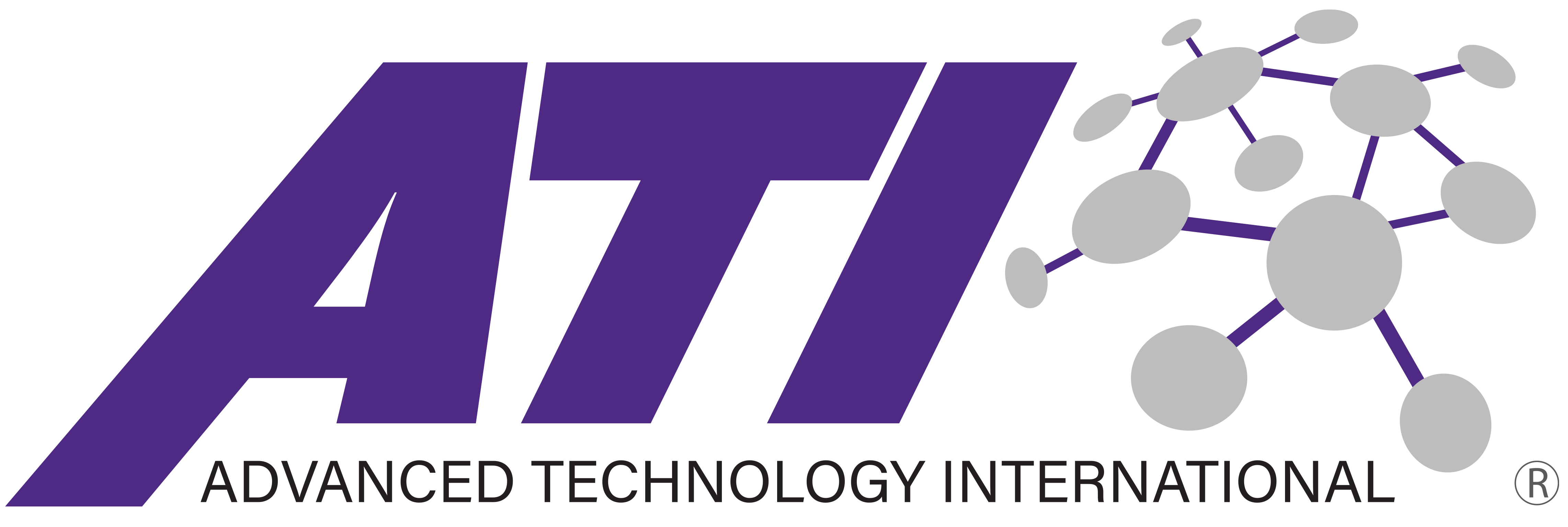Project Participants: Huntington Ingalls Industries, Inc. – Ingalls Shipbuilding
Project Start: January 2017
Painting in the shipyard is a major undertaking, as most every part of a ship will go through some degree of painting during construction. Only certain areas in the shipyard are dedicated to performing major paintwork and this limitation, coupled with the requirement to paint most parts, can often create a bottleneck to the rest of the construction processes taking place both before and after paint. At the core of this issue is the ability of the upstream engineering and planning entities to provide the best possible data to the painters. Currently the engineering and planning paint data is kept in a variety of places, in multiple disparate databases, and the data format/terminology varies in each ship program. The paint data needs to be standardized across all ship platforms, accessible as it changes, easy to maintain, and intuitive in its presentation.
The envisioned Digital Paint Tool and Process Optimization project will analyze the current paint process and data, and develop an optimized and consolidated method of generating, maintaining, and executing paint data. This system will create a unified data tool to support a new optimized process developed for paint data management, thus reducing labor costs through increased process efficiency and rework reduction. The Digital Paint Tool proposes to leverage this new paint data epoch by creating a central data management tool instead of the current multiple federated database method. The dynamic nature of the tool will allow upstream users to quickly modify, query, and give them unprecedented ability to work with their data.
This is an 18-month two-phased effort at HII-Ingalls Shipbuilding. Phase I consist of analysis, documentation, and process development tasks to gain a comprehensive understanding of the current paint process and data. The team will develop a modified paint process in the context of a new software tool as well as shape how that tool should look and function. Phase II will consist of configuration, testing, and validation of the Digital Paint Tool to support the modified process developed in Phase I. The focus will be on end-user engagement, especially for testing and validation, to achieve business goals. Once accepted, the scripted automation will be distributed across personnel extracting details for production use. This effort should reduce labor hours required to provide instruction artifacts for fabrication, which translate into a potential cost savings of $349K per DDG hull or $1.05M over five years.




